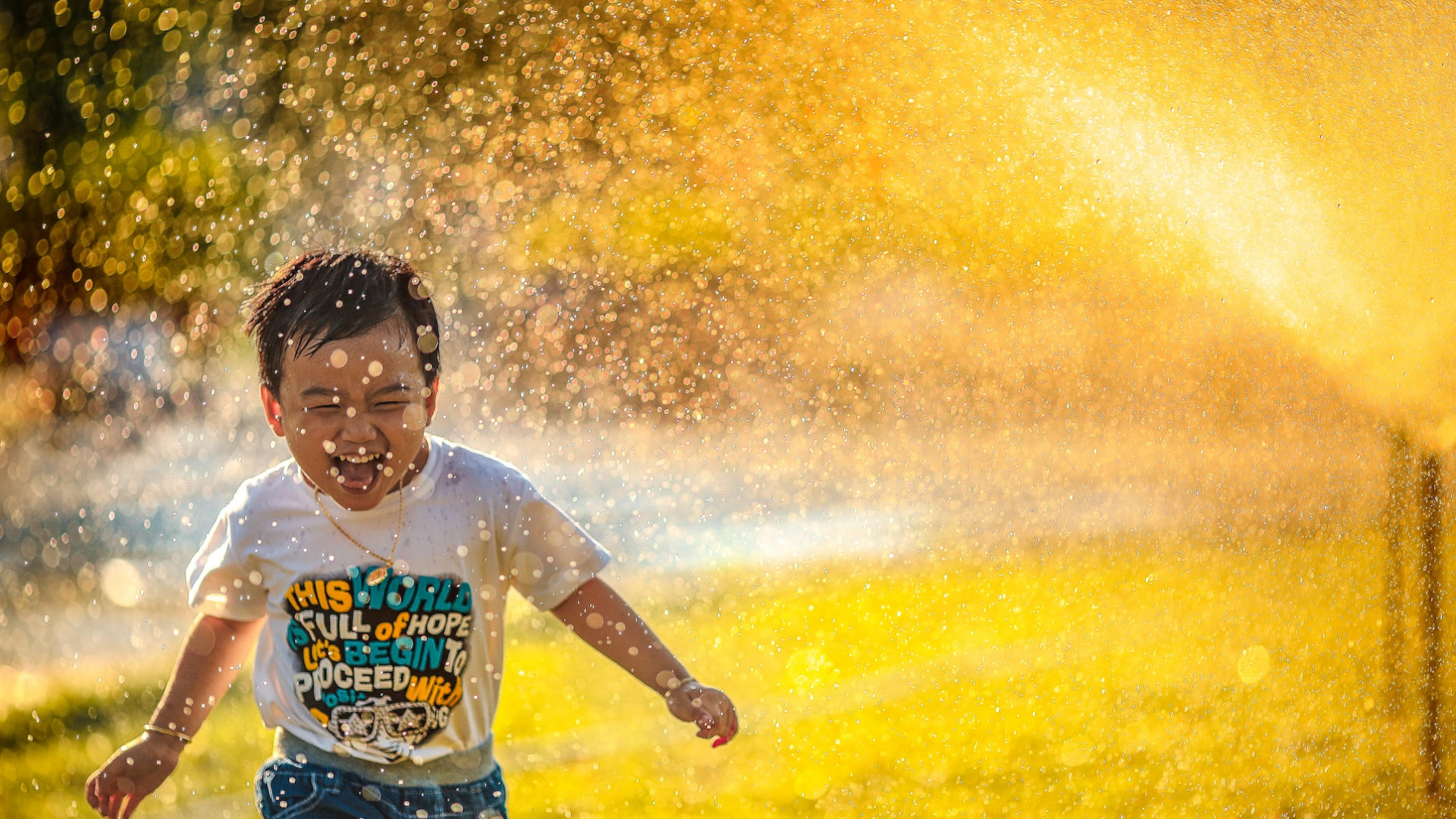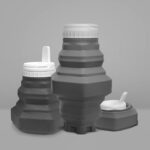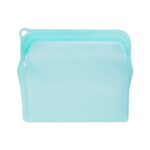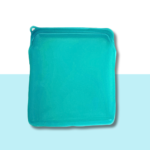It’s no secret that plastic pollution is a serious global problem. Every day, tons of plastic waste ends up in our oceans, harming marine life and polluting our environment.
Teaching your kids about plastic pollution and zero waste is a great way to help them understand the problem and what they can do to help solve it. You can perform many enjoyable activities with your children to teach them about the issue and what they can do to change it.
Here are some ideas for activities to teach your kids about plastic pollution:
The younger generation is now accustomed to seeing so many goods wrapped in plastic since they have seen it so frequently. Because of this, it’s more crucial than ever to instill in children the idea that plastic isn’t practical.
Our children are watching our purposeful efforts to replace plastic with better alternatives, and as a result, we are forming the behaviors that will make them environmentally conscientious.
Five games for you and your kids to play at home have been compiled. You’ll enjoy teaching children while inspiring a constructive attitude toward preserving their surroundings in the future.
Team Replenish
A competition to include the whole family!
Divided into two groups. At one end of the garden, put up two empty buckets, and place a tub of water at the top. Give each squad a water bottle, empty milk carton, or jug. Now locate a starting point and launch a relay.
Before passing control to the next team member, the first must fill their container and complete a lap. Whatever is left must be emptied into the bucket by the last team member.
Check to see which team fills the bucket first, or give each group a certain amount of time to fill the bucket.
Animals in the Ocean and Plastic Pollution
Going to your local beach is a quick and easy way to teach your youngster how garbage damages our seas.
Take a stroll down the beach after grabbing a set of gloves and a bag or bucket. Gather trash and plastic debris and bring them home or to a recycling facility. Examine the items to see if they are recyclable or single-use plastic.
Your children will be able to see how much plastic waste there is by helping you collect it, and you will all be contributing to the fight against plastic.
Online research is another option for learning about marine life at home, including sea turtles and regions of the ocean where plastic pollution is a problem. This is a fantastic chance to explain to your children how items like plastic bottles, manufactured goods, and fishing nets may all wind up on our seas.
Furthermore, you can also teach your kids about opting for the best collapsible water bottle instead of single-use ones.
The Scavenger Hunt for Recycling
Children learn where to put recyclables and why by playing this game.
Place your recycling bags where everyone can easily find them. List the goods that are currently housed in the bags. While you hide the things, ask your kids to count while they close their eyes. The person who gathers the most wins!
Adding a scoring system for things or having the youngsters compete in timed races are other options.
Plastic Diary
How to aid kids in understanding how much plastic we use daily.
Online, you may find information and photographs demonstrating plastic’s consequences and the distinction between single-use and reusable plastic. Make a seven-day template with several plastic category subcategories.
Ask your youngster to keep a list of all the times they use plastic this week. They will be able to assess how much plastic has been consumed and potential reduction strategies after the week.
Your Product Packaging
A project for older kids in the afternoon.
Ask your child to choose one item (it might be food, clothing, gadgets, etc.) and let them investigate non-plastic packaging options for that item. Ask them to repackage their selected product ecologically responsibly using things you already have in your house.
This is a fantastic creative exercise to encourage youngsters to think outside the box and help them understand why plastic packaging is not required. You may also describe how tons of plastic take years to disintegrate.
These are excellent places to start when bringing up the impacts of plastic pollution and the measures that can be taken to lessen it with your children. The points are expandable or adaptable; all you need are items you already have at home.
Although teaching kids about sustainability can be challenging, we can help them develop positive habits that will benefit them in the long run by engaging them in enjoyable activities and routine eco-friendly duties.
Conclusion
There are lots of activities that parents can do with their kids to teach them about plastic pollution. These activities include learning about the problem of plastic pollution, doing a beach or river clean-up, opting for a collapsible silicone water bottle, and making art from recycled materials. By doing these activities, kids will not only learn about the problem of plastic pollution, but they will also be able to see the impact they can have on their environment.
Ethicl works hard to give you the best reusable water bottles. Treating the environment and our world with care shall be our guiding principle. Your health and welfare are carefully considered throughout the precise construction of the Ethicl food-grade silicone water bottles. Ethicl is your one-stop shop for reusable, eco-friendly water bottles. Whether it’s for your grandparents, kids, or even you. Our water bottles are easy to use, transportable, and, of course, environmentally friendly. Shop your collapsible silicone water bottle today!








